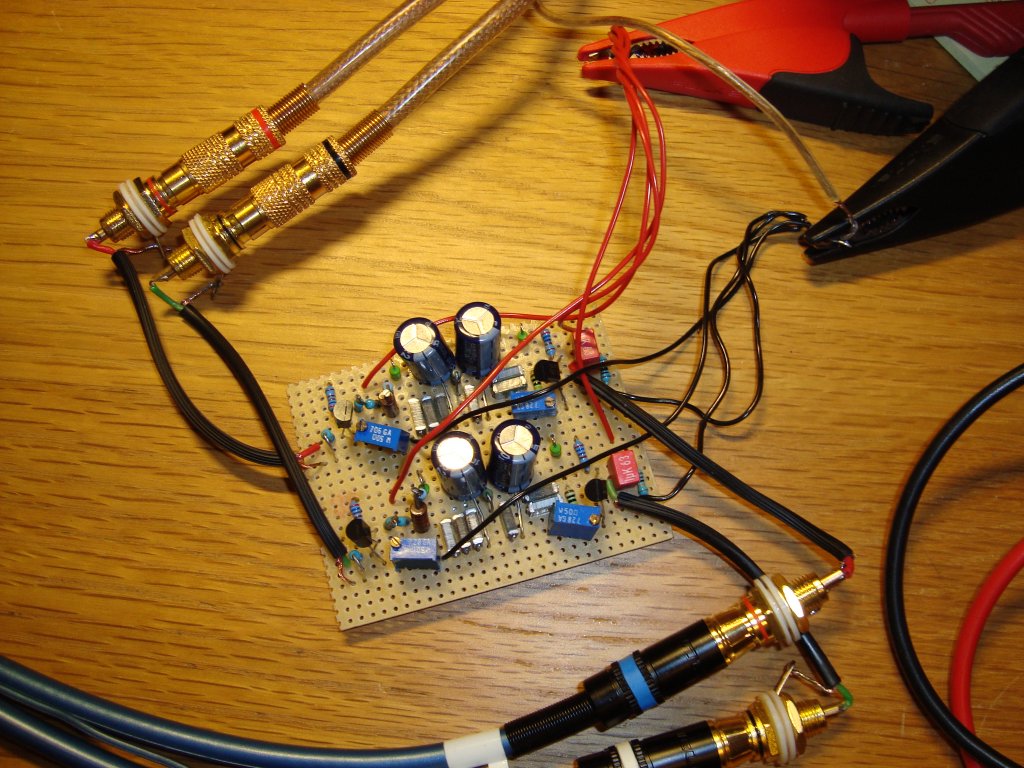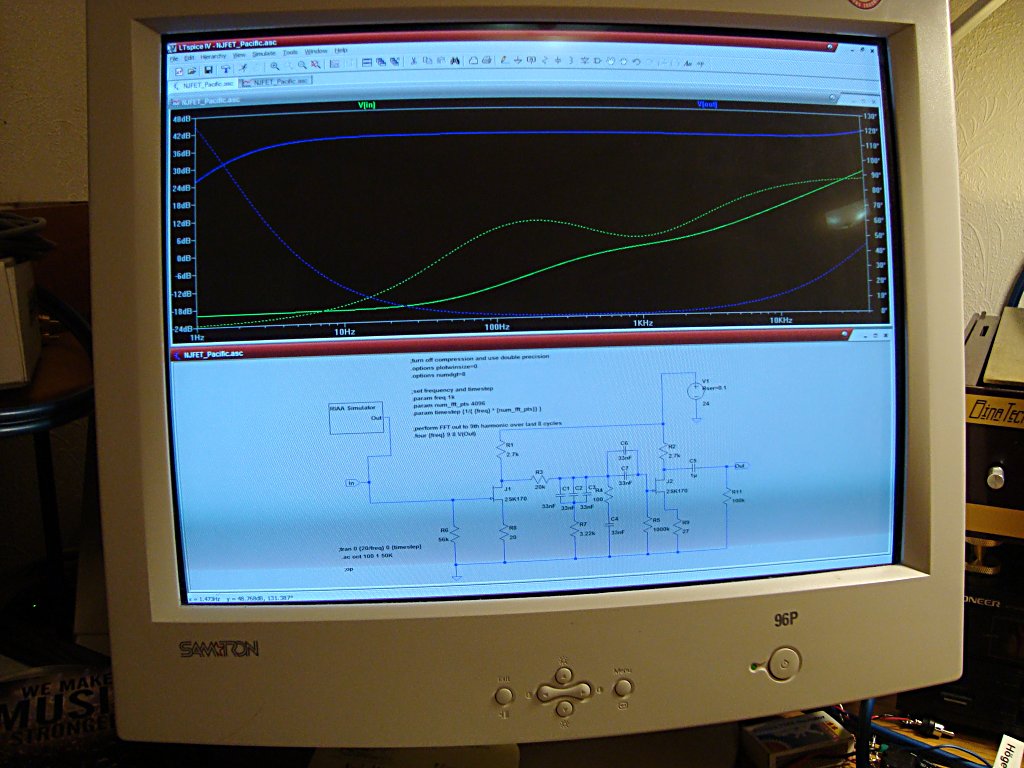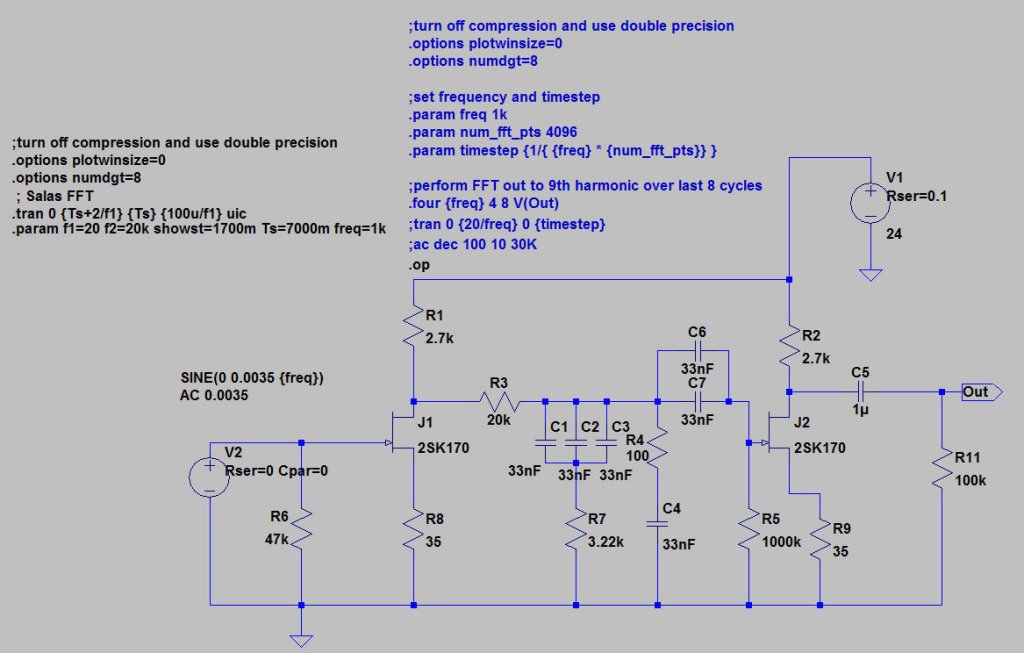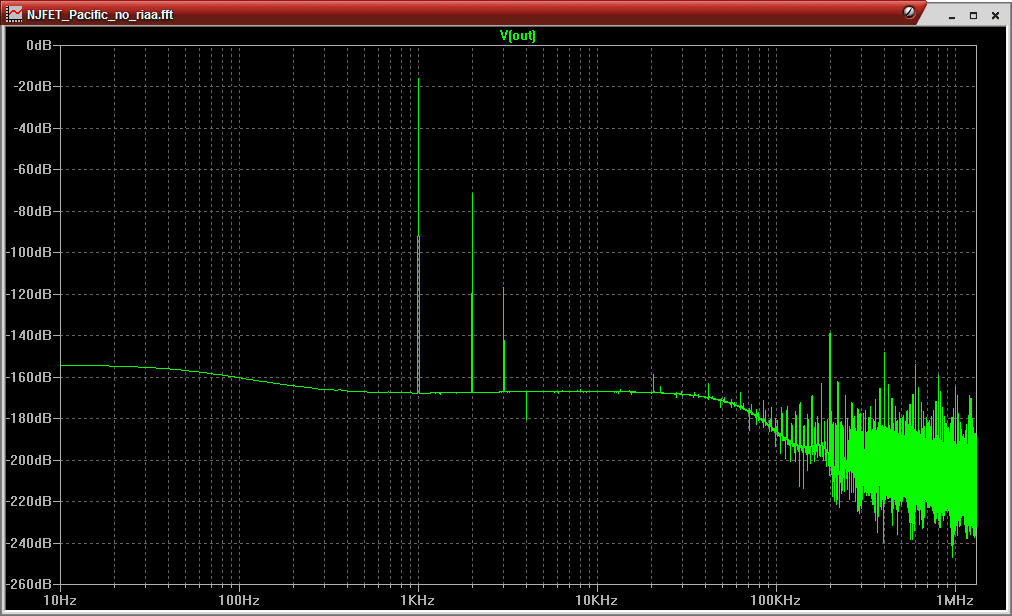

There are a numerous version of this little turntable RIAA amplifier floating around in the DIY communities. I asked a few Q at the DIY Audio in this thread and at page 4 and post #33 in september 2008 I'm in. And then the time past until early autumn 2010, when I couldn't resist anymore. I found the MM variant that the DIY member Mad_K enthusiasticly presented in this thread. I started to collaborate at post #259 As of October 2010 this project is not finished. I just want to nail down the ongoing process so far.


I'm a bit new on using the LT Spice simulation tool. I have used National Instrument's Multisim 10 before, which at first is more easy to learn but soon you dicover it to sometimes be a PITA. Then it's not everyone that have the money to throw away on the pretty expensive licence for Multisim 10. LT Spice have a larger ordiance and is free. Thats why I try to convert to this splendid simulation tool.

I use an external soundcard trough USB for measuring my amplifier projects. It's an M-Audio Audiophile unit which can sample at 96kHz. As software I use both the Visual Analyzer and RMAA (Right Mark Audio). There are pitfalls and also other measuring problems such as groundloops when you are trying to measure. And are the figures absolutely correct?
I have done a comparable test between four different RIAA amplifiers. Ftm. I have just measured the FFT to get THD figures. I have for every device also one channel showing the reference looped directly back to the soundcard without going trough the measured amplifier. Just to see that I'm doing OK. There is still some hum that's not coming from the PSU. Anyway the THD figures shown are comparable because the four devices was tested under the same condition.
